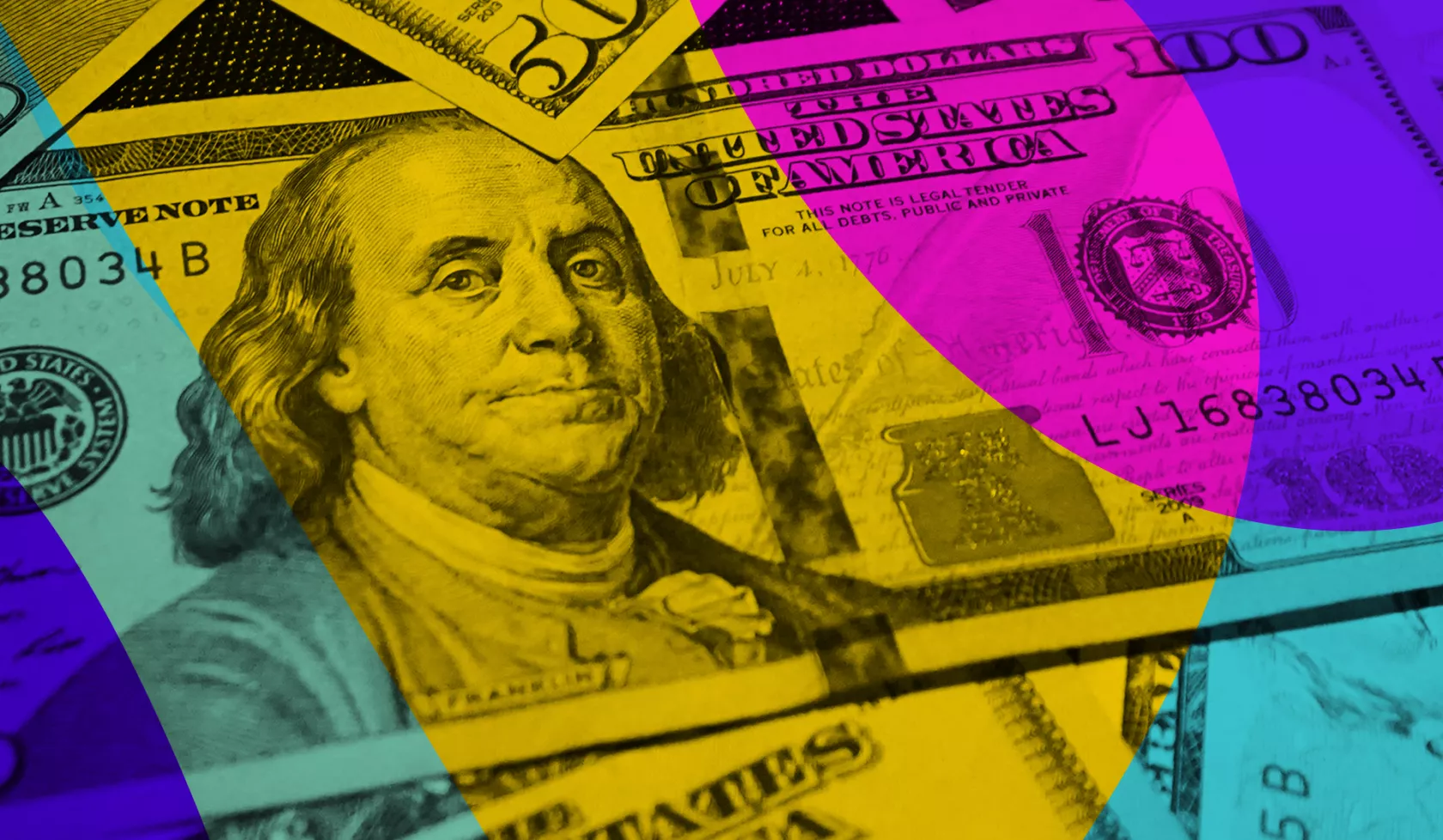
Toolkit
Fair Chance Hiring Fact Sheet

At the Intersection of Race, the Criminal Justice System, and Employment
Criminal Justice
- Over 2.2 million individuals are in jail or prison in the United States.
- Approximately 95% of incarcerated individuals are eventually released into local communities nationwide.
- Nearly half of Black males and almost 40 percent of white males are arrested by the time they are 23 years old.
- As of 2007, more than half of those incarcerated were parents of children under the age of 18.
- The number of Americans with criminal records is about the same as the number of Americans with a 4-year degree.
- Although illicit drug use is approximately the same for African Americans as it is for white people, African Americans are much more likely to be arrested for drug use.
Criminal Records and Employment
- Finding stable employment is crucial to ensuring that individuals do not re-offend.
- Having a record reduces the likelihood of a job callback or offer by as much as 50 percent.
- White men with a criminal record are more likely to get an interview than Black men with no criminal record.
- Reduced employment for the millions of people with records costs America $78 to $87 billion each year.
Ban the Box
- Ban the Box delays consideration of criminal records, but it does not prohibit employers from asking about criminal records later in the employment process.
- More than 25 states and 150 local areas have adopted Ban the Box laws and policies.
- In 9 states, Ban the Box laws apply to private employers.
- Studies on public sector Ban the Box laws and policies have found that Ban the Box increases opportunities for individuals with criminal records.
Related